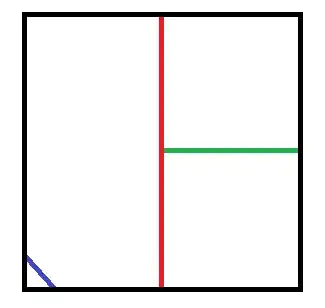One part of what the teacher suggests is possible. Four pieces can be obtained in twenty minutes, because this takes only two cuts: cut it in two, then parallel the pieces and cut again, such that the saw goes through both at the same time. (The assumption is that the extra energy doesn't take more time, just more effort per stroke: not realistic, but let's go with it).
The mistake is interpolating between the two possibilities. If two pieces takes ten minutes, and four can be had in twenty, it does not follow that three pieces can be had in fifteen. However, six pieces can be had in thirty minutes which averages out to three in fifteen.
Suppose two workers are put on the job, and suppose it is somehow possible for them to divide a cut between themselves by attacking it from opposite sides without hindering each other, so they can meet in the middle in five minutes and complete the cut. They can execute this at the beginning to make one board into two. Then they double up the board, and each makes a ten minute double cut through both boards: six pieces in fifteen minutes, so basically three pieces per worker per fifteen minutes.
So if we think about just a one-off job carried out by a single person with a saw, then the student is right. However, if we were talking about productivity over multiple pieces, and possibly with multiple workers, then the teacher would also be right; the problem is, nothing of the sort is suggested in the way the question is posed.


